
 Assault Critters
Assault Critters
Handgun Control, Inc., should be proud of Dennis Amber. After all, the 45-year-old could have used a firearm to assault his girlfriend in her suburban Pittsburgh home. Instead, he used a 15 lb. snapping turtle, which he lugged to her house, then tried to persuade it to bite her.
The attack failed, possibly because Snappy’s full-auto sear was broken — or maybe Amber didn’t know how to work the “safety.” He was charged with assault anyway.
“Fire Superiority”
Los Angeles resident Ike Hudson might have considered the possibility of return fire when he pulled the trigger of his shotgun, but doubtless never dreamed — not in his worst nightmare — of the response he received. Now he’s suing for $339,875, claiming damage to his home, therapy costs, and a severe case of post-traumatic stress disorder.
Hudson says he was armed on the night of May 3, 1992, as the L.A. riots raged, because he feared another man who was trying to grab his girlfriend. When two Compton P.D. officers knocked, he fired a shotgun blast through his door, wounding both cops.
They didn’t have to call for back-up, though. Behind them were several more police officers, sheriff’s deputies, and U.S. Marines who saw Hudson’s muzzle flash and immediately returned fire, blasting the house with 185 rounds of small-arms fire.
Hudson’s lawyer, B. Kwaku Duren, says his client fired accidentally. If the jury believes that, they’ll probably thrown in an extra $5 for fresh underwear, too.
Disney Technique
In San Diego’s community of Normal Heights, frequently referred to as “Abnormal Heights” by residents, a stick-up man employed the “Disney Technique” of robbery with more success.
The suspect walked into a Pay Less drug store with a leashed Doberman and threatened the clerk with “imminent bite.” While Fido growled and drooled, the suspect filled a bag with cameras and other goods, then fled with his accomplice in a Chevrolet Monte Carlo.
Witnesses couldn’t say for sure if the Doberman was a Standard Sporting Canine of the dreaded “Assault Dobie,” which is known to be capable of rapid multiple bites.
Neither Senator Feinstein nor Senator Boxer were available to comment on whether or not this would lead to prohibitions against dogs with more than 10 teeth, or registration of dogs which are black, have military-style collars, and come equipped with a protruding “grip,” like the Doberman’s menacing-looking bobbed tail.
Certainly such animals have no legitimate sporting purpose, and enjoy no constitutional protection.
Regardless of the fallout from this incident, it is expected to simply fuel the already raging debate over concealable Schnauzers, said to be the “critter of choice” of terrorists and drug dealers.
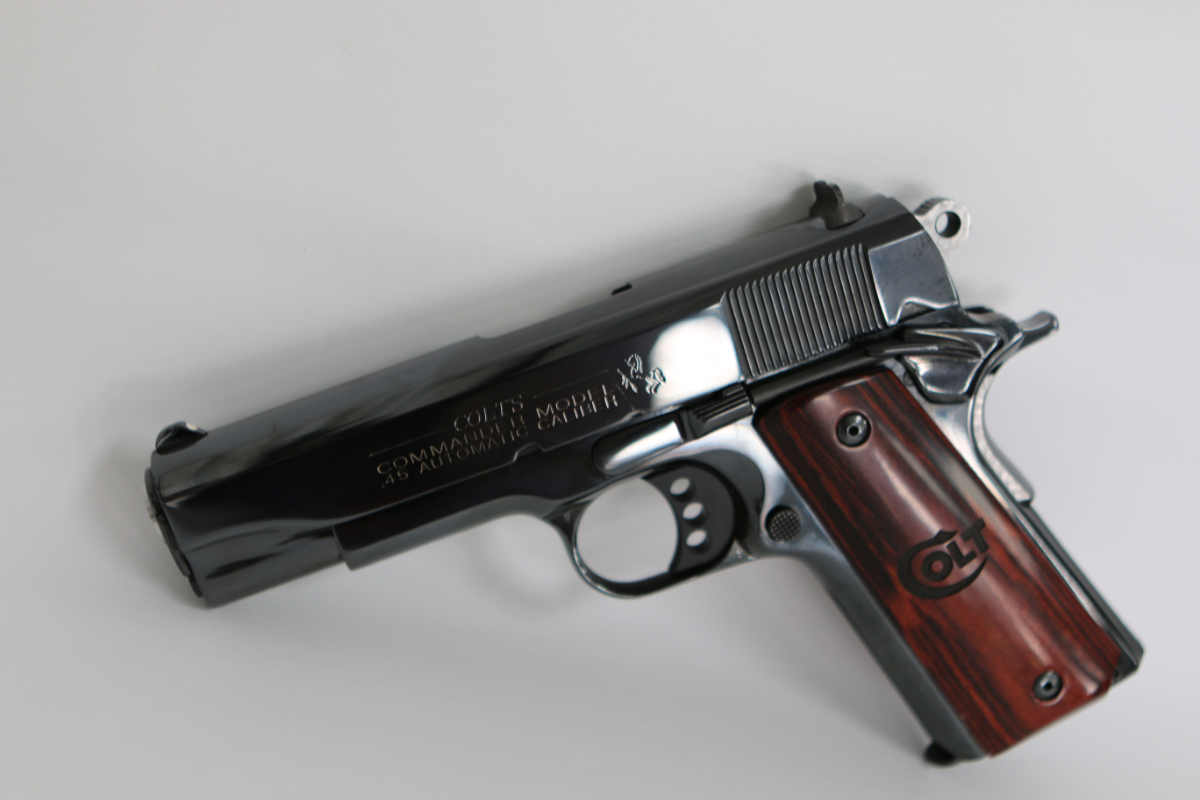
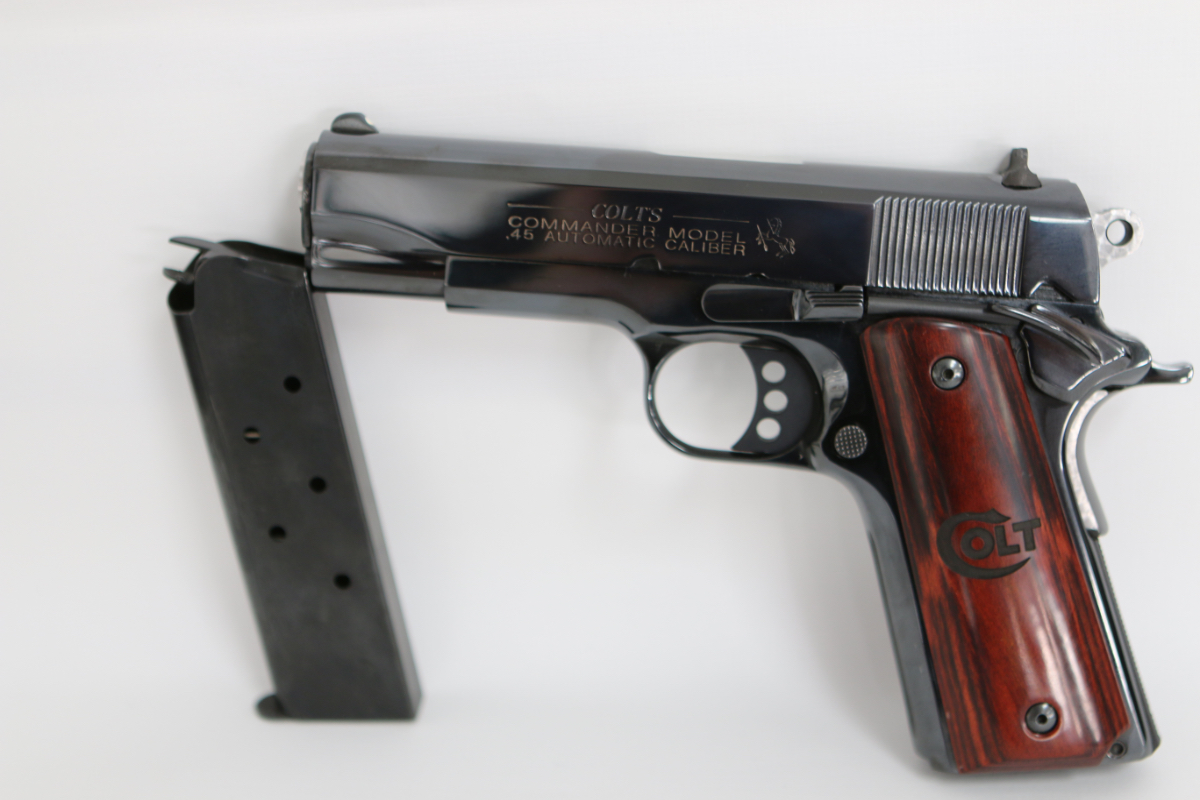
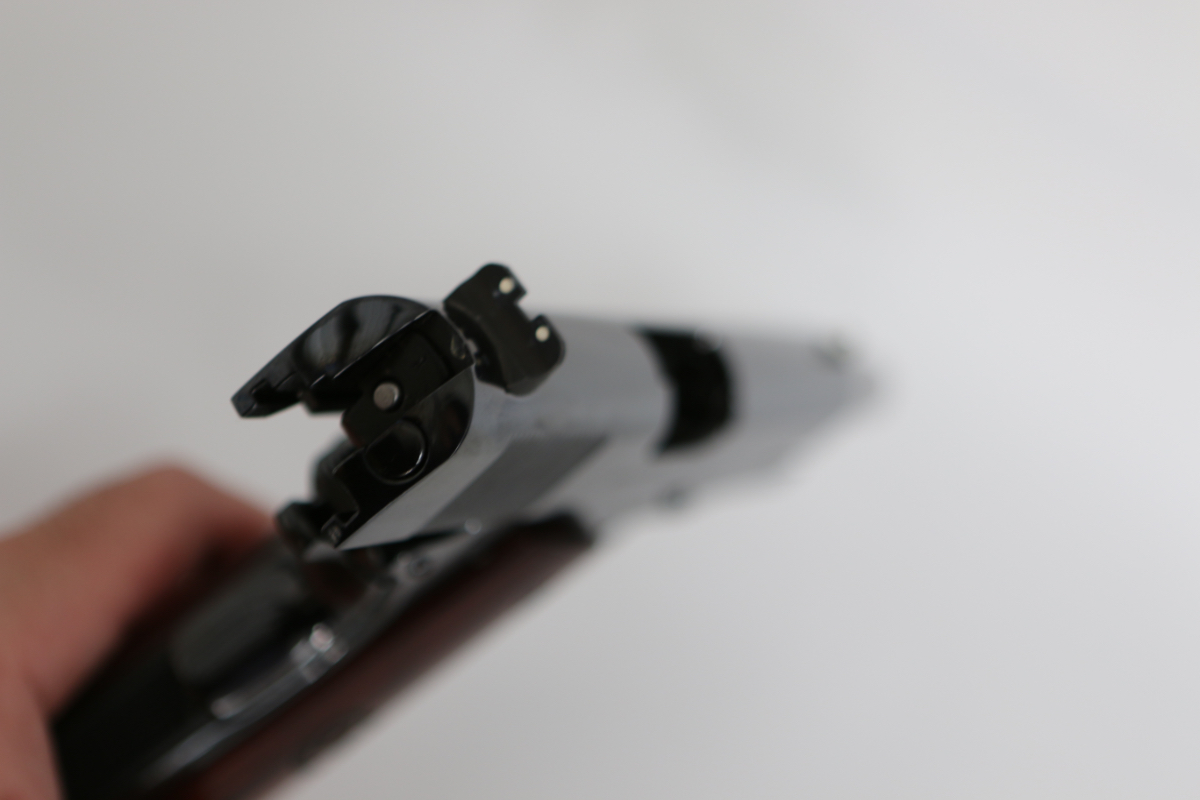
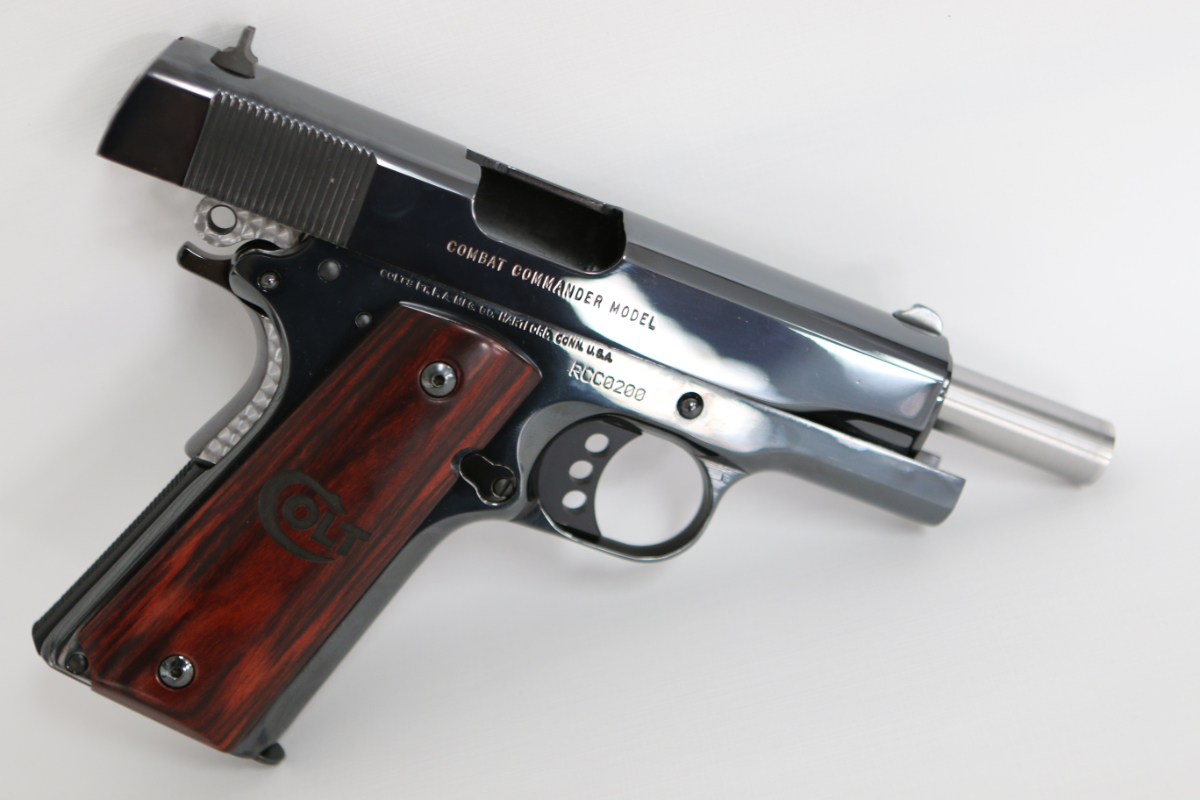
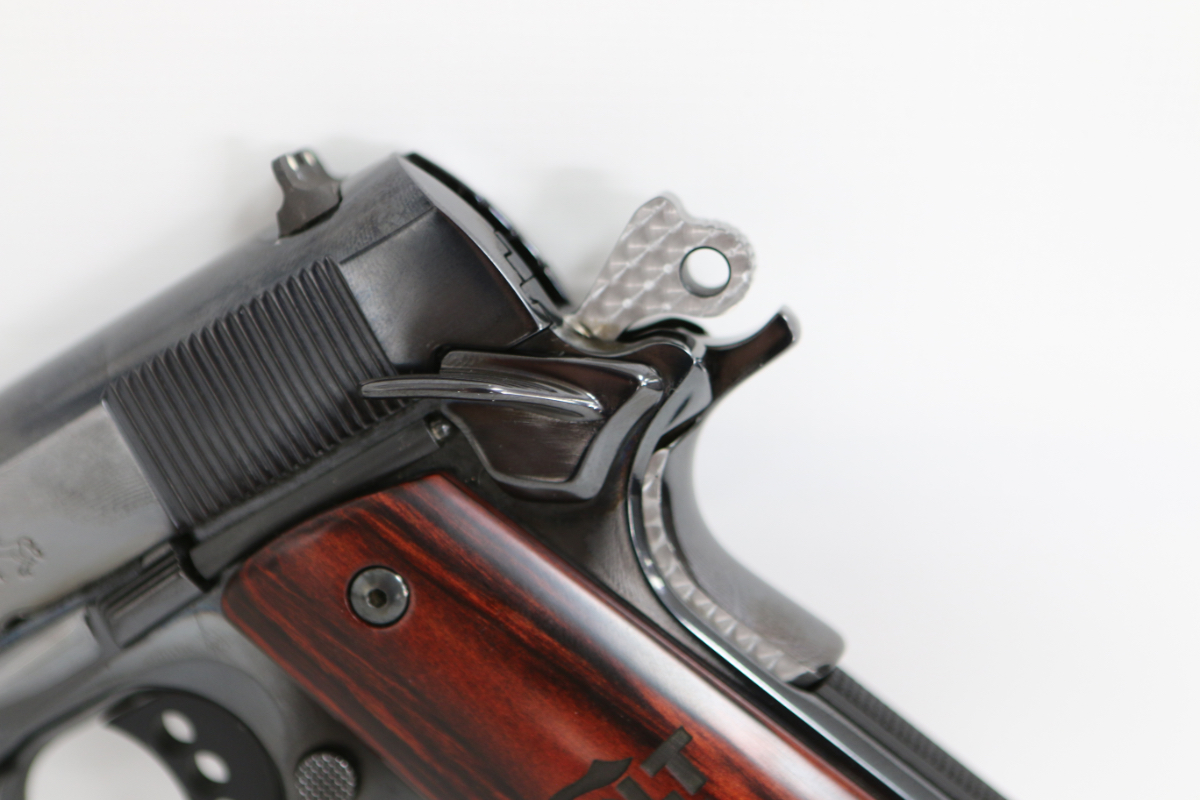
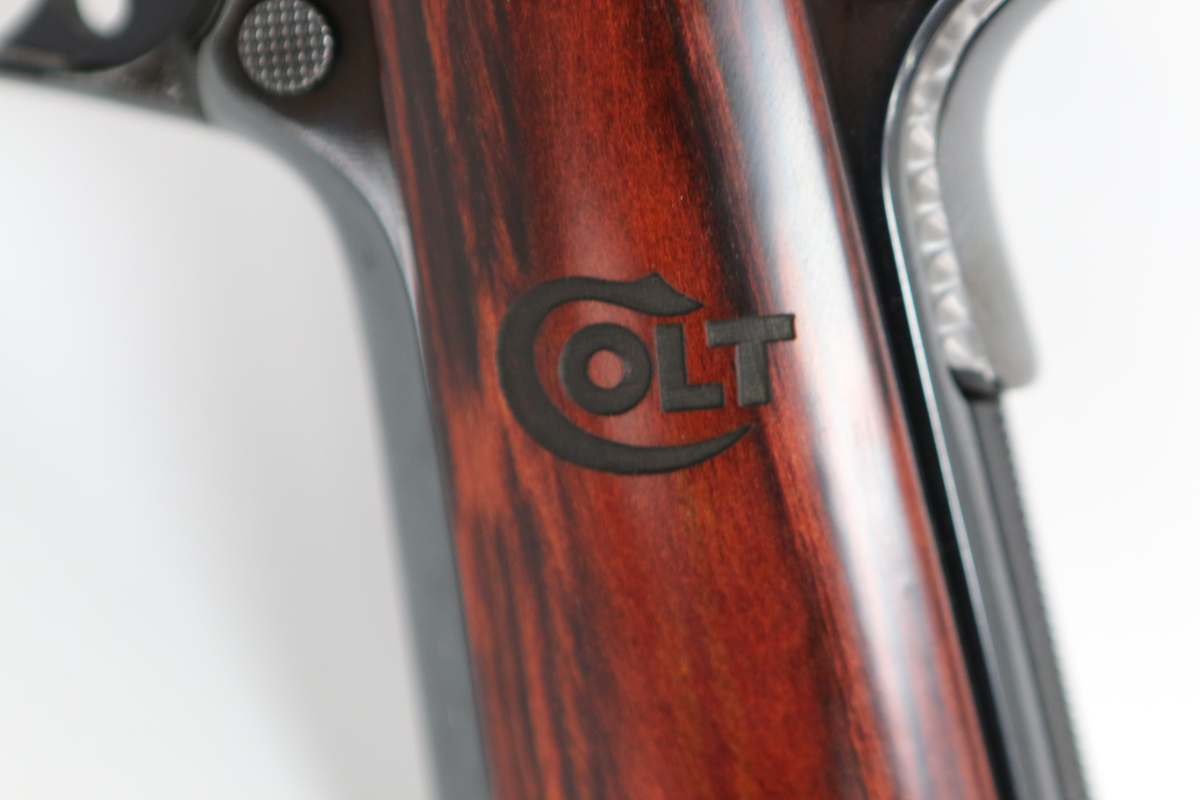
Winchester 1873 150th Anniversary
I just love mine!
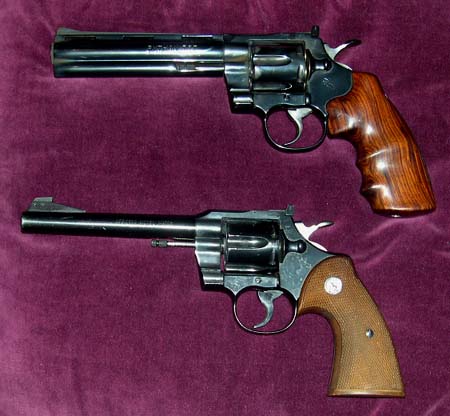
This example is quite interesting, not only because it has been so well preserved but also because it is one of 300 procured by the Massachusetts National Guard. According to Charles Pate’s book “U.S. Handguns of World War II The Secondary Pistols and Revolvers”, the 300 revolvers were sent in two shipments, February and March, 1944. According to Pate, “These revolvers were apparently used very little, if at all, before being dipped in Cosmoline, wrapped in heavy paper and placed back into their craft boxes for long-term storage”.
BAR with 30 round magazine
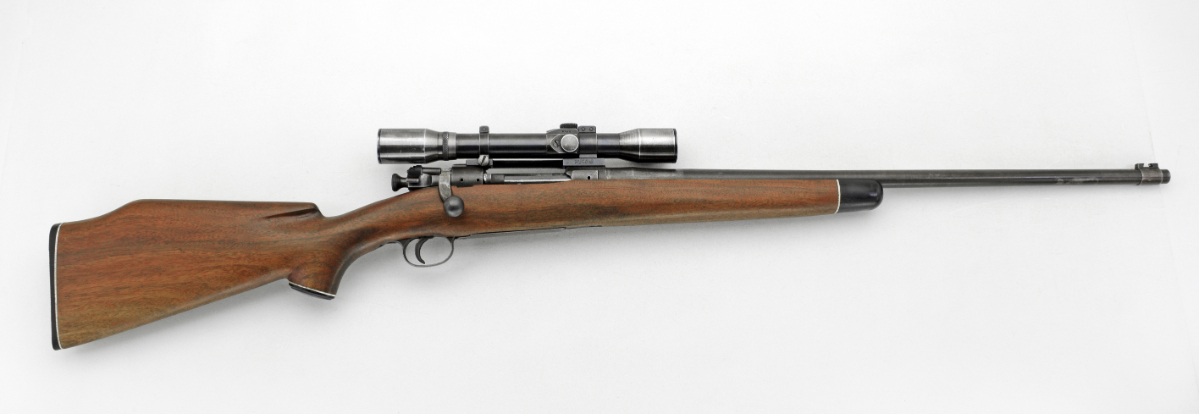
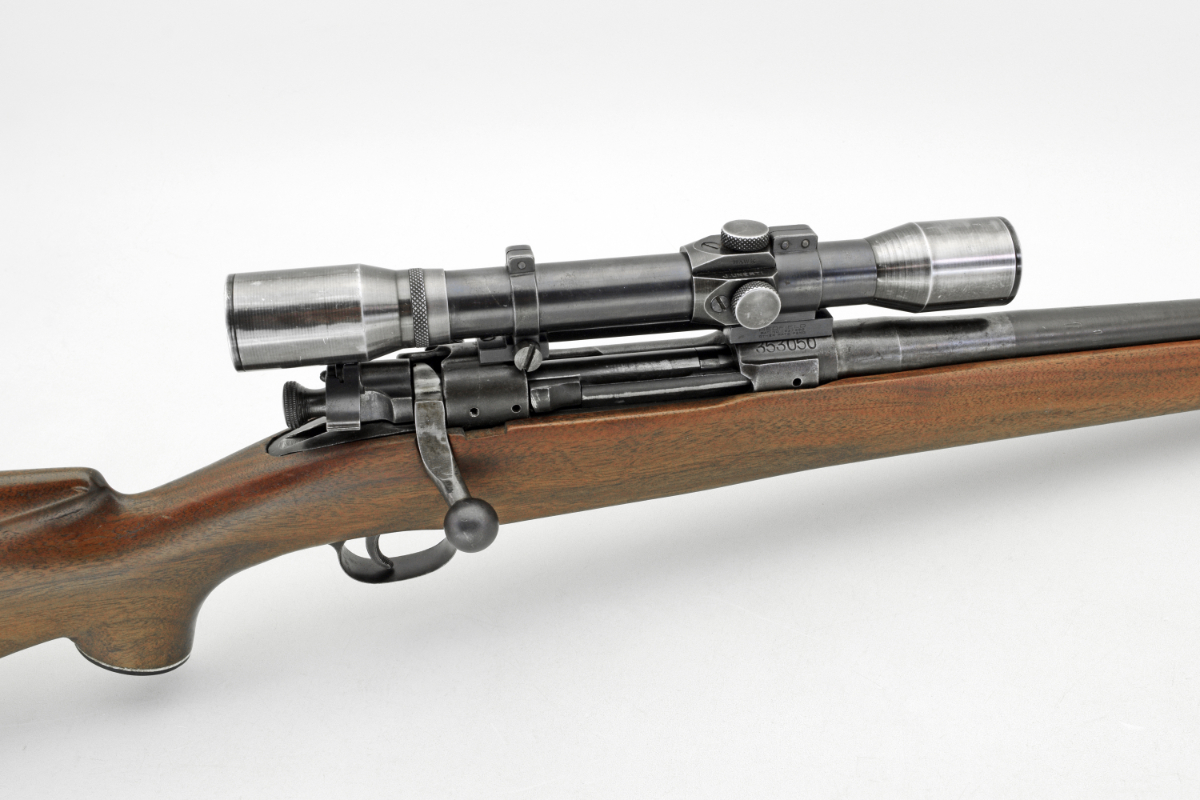
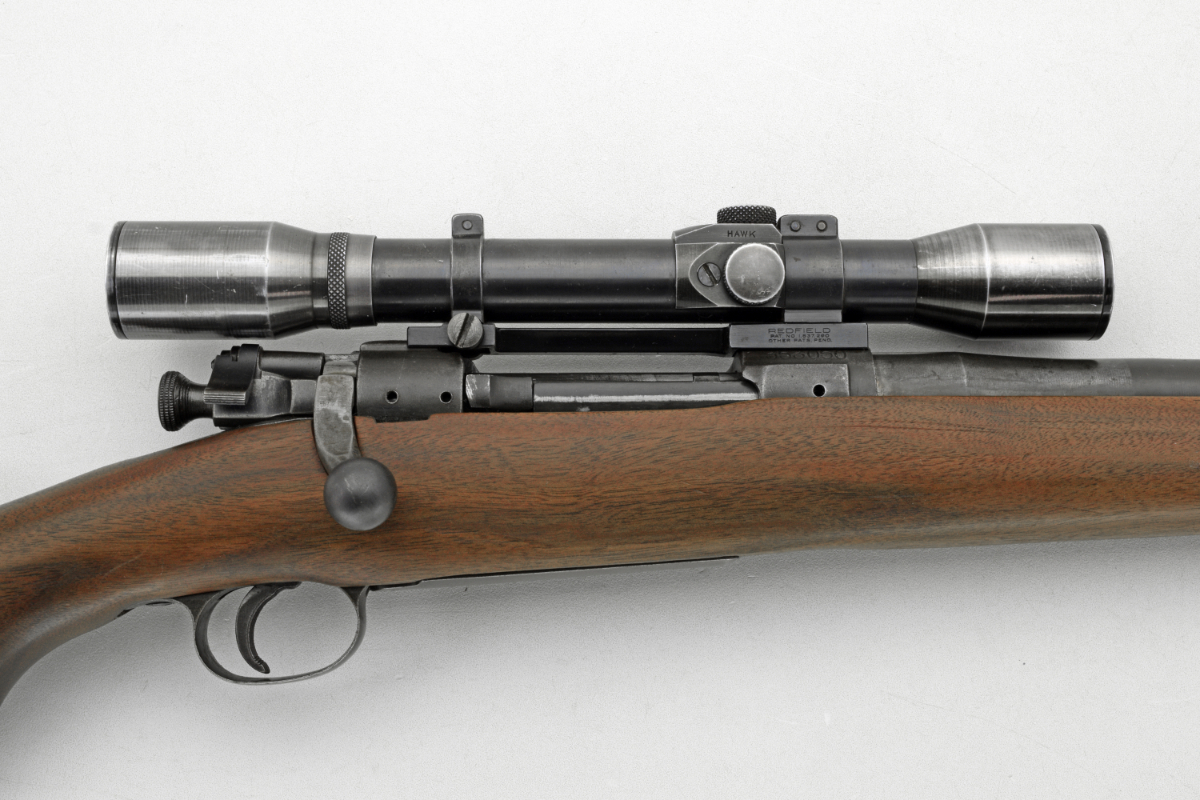
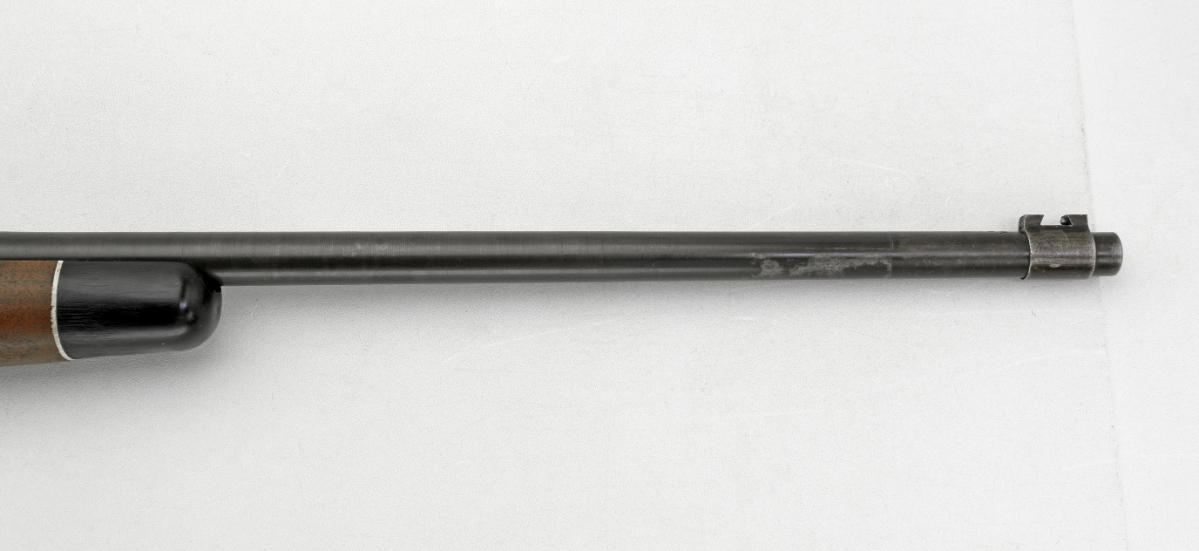
As I have said before. Let us say that you are a person of modest means (What use to be called Blue Collar) & you wish to own a medium caliber rifle.
All right & well as far as it goes. So you go down to the local Gun Emporium in search for a bolt action rifle. Where upon you get assaulted by sticker shock of the umpth degree. How much for USED Model 70 or 700!!?!! WTF as thats well over a weeks pay for me!!! No frigging way!!!
Then you glance upon this diamond in the rough. Yeah, its missing some blueing and the front sight remainder is not making your heart pound. But the price is vastly more attractive to say the least.
So you ask to see it. Then you almost automatically open the action to check to make sure its unloaded. Hey this thing is substantial!! What with no plastic on it and real wood too. Plus it has a scope on it Hmmm……..
Alright then lets do it. So off you go to the range to zero it in & at that point the magic starts to shows up. As it almost seems to want to please you. What with the smoothness of the action. The good pattern it gives you at 100 yards. Plus the ease of finding ammo for it, unlike some ammo that the Gun Companies are trying to shove down our throats.
(Remember those fat bottom WSM rounds? You sure don’t see them too often at the Deer Camp lately do you?)
Now you can do a few things that will make it a lot better. Like getting a timney trigger, better scope and a good recoil pad. But thats about it. Then you will have a rifle that is almost as good as say a Pre 64 Winchester Model 70 for well under half the price of one.
Just saying!
Grumpy who use to have a mess of sporterized 1903’s before the tragic boating accident.